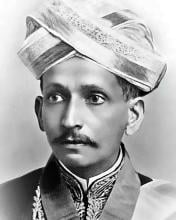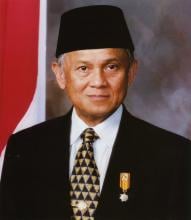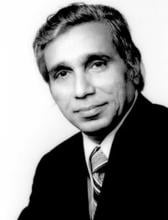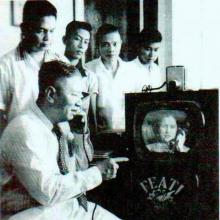Technology
News

14 Jun 2005
The project seeks to create a software that can translate texts in the English language to Filipino and vice-versa.

14 Jun 2005
Professor, Dr. Pag-asa Gaspillo, won this year's grand prize for her research and innovative solutions to reduce water pollution.

12 Jun 2005
Isolation of carrageenase and agarase-producing bacterium from sea urchin

10 Jun 2005
Tuberculosis detection in the future will become faster, cheaper and easier using an innovative device developed by Nanyang Technological University (NTU).

10 Jun 2005
Nanyang Technological University (NTU) have come up with an innovation designed to help prevent incidents of drowning in swimming pools.

10 Jun 2005
Nanyang Technological University researchers led by Asst Prof Koh Tong San from School of Electrical and Electronic Engineering (EEE) have come up with a new method of taking images of a cancer tumour.

10 Jun 2005
NTU has come up with a cost-effective and environmentally-friendly way of converting food scrapes into valuable natural gases.

10 Jun 2005
NTU has successfully developed Singapore's first fingerprint detection and imaging device that is capable of identifying and capturing "hard to detect" fingerprint images.

09 Jun 2005
National University of Singapore’s institute for research and education programmes in global logistics wins accolades for third consecutive year at 2005 Asian Freight & Supply Chain Awards
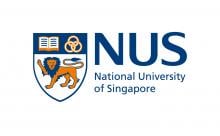
08 Jun 2005
National University of Singapore signed Memorandum of Understanding with Swedish Royal Institute of Technology (KTH) to establish fourth overseas college.
Researchers
Sorry, no researchers coming up for this topic.
- « first
- ‹ previous
- 1
- 2
- 3
- 4
Giants in history
Sir Mokshagundam Srinivasa Shastry Vishveshwarayya (15 September 1860 – 14 April 1962) is widely regarded as India’s most outstanding engineer. In a career that spanned almost his entire life, Vishveshwarayya played a pivotal role in several engineering projects, including designing the Krishnarajasagara dam that is still the source of irrigation and drinking water for parts of Karnataka today.
Physicist Narinder Singh Kapany (31 October 1926 – 4 December 2020) pioneered the use of optical fibres to transmit images, and founded several optical technology companies. Born in Punjab, India, he worked at a local optical instruments factory before moving to London for PhD studies at Imperial College. There, he devised a flexible fibrescope to convey images along bundles of glass fibres.
Bacharuddin Jusuf Habibie (25 June 1936 – 11 September 2019) was an Indonesian engineer who was President of Indonesia from 1998 to 1999.
A Japanese surgeon, Tetsuzo Akutsu (20 August 1922 – 9 August 2007) built the first artificial heart capable of keeping an animal alive.
Fazlur Rahman Khan (3 April 1929 – 27 March 1982) was a Bangladeshi-American structural engineer and architect who invented the tube principle, which formed the basis for modern skyscraper design.
Lin Lanying (7 February 1918 – 4 March 2003) was a Chinese material engineer remembered for her contributions to the field of semiconductor and aerospace materials. Lanying was born into a family who did not believe in educating girls and she was not allowed to go to school.
Gregorio Y. Zara (8 March 1902 – 15 October 1978) was a Filipino engineer and physicist best remembered for inventing the first two-way video telephone. Zara’s video telephone invention enabled the caller and recipient to see each other while conversing, laying the foundation for video-conferencing


